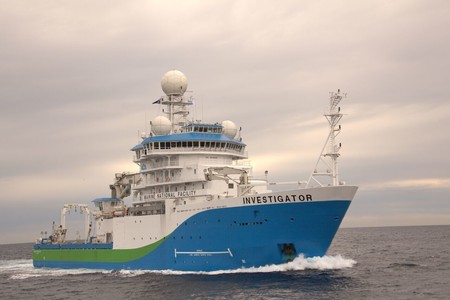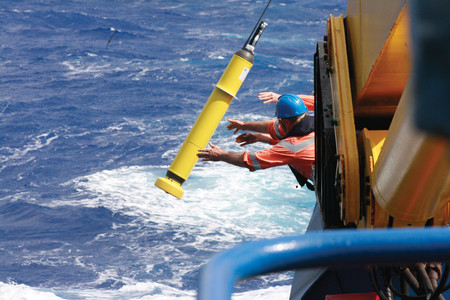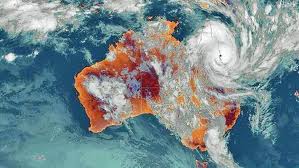Projects
Collaborative Projects
Australian Climate Change Science Programme (ACCSP)
— The Australian Climate Change Science Programme (ACCSP) is the Australian Government’s flagship climate change science programme that has been running continuously since 1989. In 2016 ACCSP will be replaced by the National Environmental Science Programme.
Australian Community Climate and Earth-System Simulator (ACCESS)
— ACCESS provides world class modelling infrastructure to meet the complex and demanding challenges supporting meteorological service provision, and the science underpinning climate impacts and adaptation research.
Cape Grim Baseline Program
— Established in 1976 to monitor and study global atmospheric composition.
Climate Change in Australia
— Climate change projections for Australia’s Natural Resource Management Regions.
Climate and Weather Science Laboratory (CWSLab)
— CWSLab is a new virtual laboratory that provides an integrated platform of tools and resources that assists scientific collaboration and information-sharing in Australian climate and weather research.
Community Atmosphere Biosphere Land Exchange model (CABLE)
— A land surface model, used to calculate the fluxes of momentum, energy, water and carbon between the land surface and the atmosphere.
Integrated Marine Observing System (IMOS)
Meteorological Services Agreement (Bluelink)
— Provides funding for the operational sustainment of ocean forecasting services in support of the Royal Australian Navy. This follows on from the BlueLink project, which provided information on oceanic conditions to help manage Australia’s diverse area of maritime operations.
National Environmental Science Programme (NESP) – The NESP Earth Systems and Climate Change Hub aims to build national capacity to understand and predict climate trends, variability and extremes in Australia, and their broad implications for the environment and society. This will replace the Australian Climate Change Science Programme (ACCSP) in 2016.
Pacific-Australia Climate Change Science and Adaptation Planning Programme (PACCSAP) – The science component of the PACCSAP programme supported 14 Pacific Island countries and East Timor to build resilience to current and future climate risks and was delivered in partnership with the CSIRO and the Bureau of Meteorology.
POAMA/ACCESS-S
— Multi-week to Seasonal prediction
Victorian Climate Initiative (VicCI)
— The Victorian Climate Initiative (VicCI) is a regional climate initiative launched by the Victorian Department of Environment and Primary Industries (DEPI), the Bureau of Meteorology and CSIRO.
Wave Energy Atlas
— This project will develop an online national wave energy atlas that will allow users to better assess the feasibility of wave power projects.
UM Technical Infrastructure Project
–This is a collaborative project involving UM Consortium members. A large part of the activities for 2015-2016 will be continuation of 2014-2015 work, especially in relation to Rose-Cylc suite development and transition to use the shared repositories.
Bureau of Meteorology Projects
(pending relocation to Bureau website)
Cyclone exchange – A pilot project has been established by the TIGGE Working Group to test the real-time exchange of ensemble TC track forecasts; the format for TC data exchange will be Cyclone XML (CXML).
Forecast verification – This website describes methods for forecast verification, including their characteristics, pros and cons, provides examples for each method and demonstrates the verification techniques.








